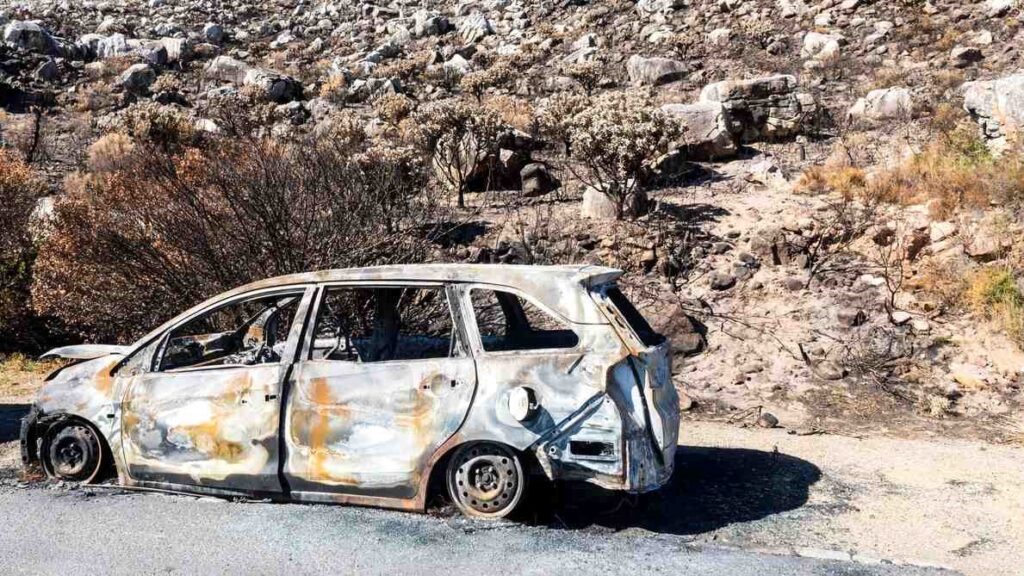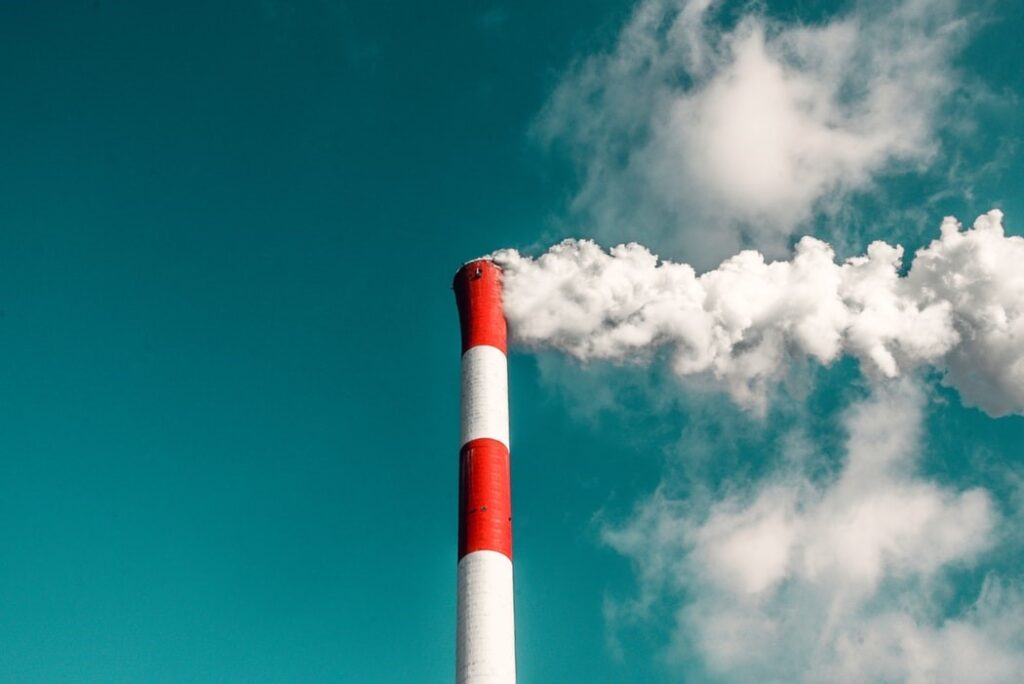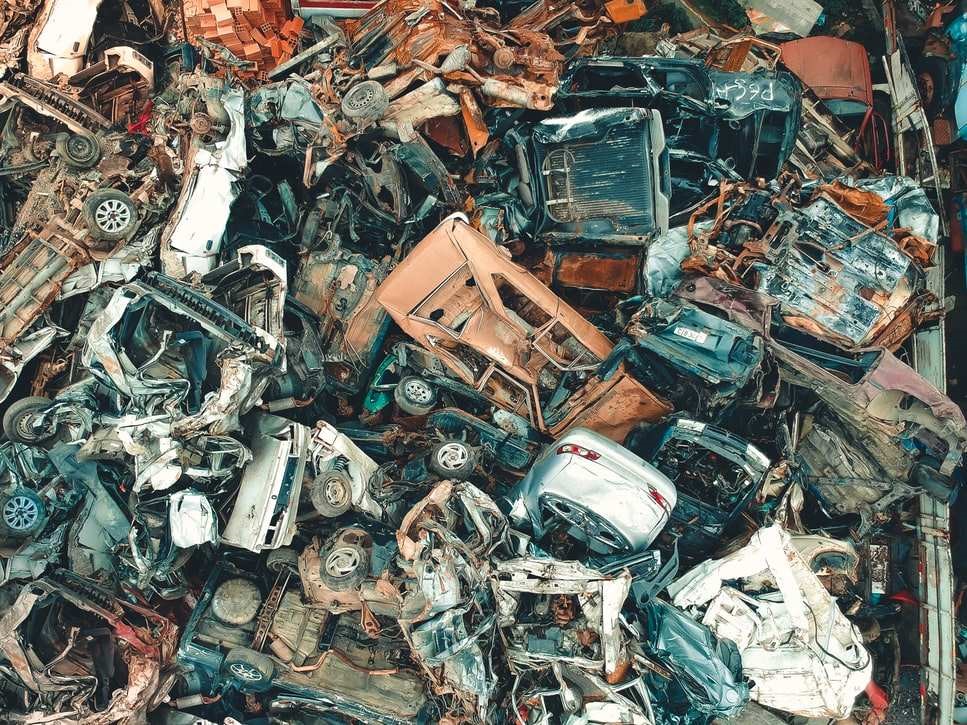Steel is an incredibly sustainable material as it can be used repeatedly without any loss of quality or strength. The versatility of steel along with its strength, availability, affordability, and recyclability allows it to be used in a wide range of applications. Steel is a permanent material that plays an important role in ensuring safety, performance and social value and its anthropogenic stock can serve as a future resource. Manufactured steel is never wasted.
Role of Steel in the growing economy

Steel contributes to the development of the green economy since steel is infinitely recycled and investing in the manufacturing of steel is investing in the sustainability of future generations. It is available in multiple forms such as stainless, galvanized, carbon and mild; and renewable energy, low carbon and clean energy vehicles or architectural structures depend on different grades of steel. Nevertheless, it also completely depends on the manufacturers and fabricators how much excess energy they consume and how effectively by-products are utilized. Steel is a key material in providing solutions for renewable energy.
Steel can be considered the core of the green economy which abides by environmental responsibility. At the same time, it provides the foundation for the growing economy by laying down its footprint in infrastructure, housing, manufacturing, agriculture, and machinery. It has contributed towards lifting societies out of poverty. Steel stocks range from 0.1 tonnes per person for the poorest nations to over 13 tonnes per person for developed nations like Japan while the world average is around 2.7 tonne per person. Steel demand gets surged when there is a boost in economic growth which calls for the increasing demand for transport systems, infrastructure, housing, manufacturing, agriculture, water, and energy supply.
Sustainability
Steel is durable, reusable and 100% recyclable. The process of steel production is via two main routes: the blast furnace-basic oxygen furnace (BF-BOF) route which predominantly uses iron ore, coal, and recycled steel, and electric arc furnace (EAF) route which mainly uses recycled steel and electricity thus significantly requiring less energy. Although, these processes lead to emission of carbon dioxide (CO2), sulphur oxides (SOx), nitrogen oxides (NOx) and dust to the air, which can be controlled by using filtration systems, chemical treatment, scrubber systems, and dust suppression. Nevertheless, the by-products and residues are effectively used as alternative raw materials by other sectors.
Energy and Co2

Cost related to energy purchases accounts for about 40% in steel production. The study by the world steel estimates that steel companies have cut their energy consumption and Co2 emissions per tonne of steel reduced by 50% over the past 35 years and are now very close to the technically feasible minimum. The use of advanced high-strength steel (AHSS) has reduced the mass of the vehicles and has helped in an immediate and sustained decrease in greenhouse gas (GHG) emissions. Granulated blast furnace slag, by-products from iron making process, has contributed to reducing 8.6 million green gas emission, as it is being recycled as a cement substitute. Steel use is projected to increase by 1.5 times by 2050 from present levels and so does the CO2 emissions. The world governments agreed to keep the global temperature rise under 2°C, by the end of this century to avoid the worst impacts. Hence various research and investment activities are taking place in various countries such as in the EU. Research is being done to produce ultra-low CO2 steelmaking, or ULCOS, supported by 10 EU companies and miners.
Reduce
Steel is produced industrially under very controlled conditions and continuous innovation and development in its production have permanently reduced energy usage and emission. A significant decrease can be seen in using primary resources such as iron ore, coal, energy, etc., by only producing better quality steel and refining product design thus improving lifetime efficiency and making it truly sustainable.
Reuse and Remanufacturing
The durable nature of steel makes it suitable for reuse thereby extending its product life. Reusing material has an edge as no additional energy is required for reprocessing and can be used in several applications. Many steel companies and steel product manufacturers are increasingly designing products for reuse; for example, steel construction components used for roofing and wall elements and structural beams are reused, automotive steel parts that are undamaged and have reached the end of their lives are sold by car dismantlers as spare parts for vehicles still in use, ships are dismantled and steel parts are re-rolled for reuse as rebar for construction as well as the steel shipping containers can also be reused.
Remanufacturing is the process of restoring durable used products to its new condition which involves the disassembling, cleaning, examining for damage, and reconditioning to original equipment manufacturer specifications or replacing with a new part. It differs from recycling as the value-added during original fabrication including labor, energy and equipment expenditures is conserved. Machine tools, electrical motors, automatic transmissions, office furniture, domestic appliances, car engines and wind turbines are some of the remanufactured steel products.
Recycle
Steel is 100% recyclable as it can be reprocessed into the same material of the same quality again and again which can enable us to achieve a sustainable future. Moreover, it can be easily recovered by magnetic separation. Recycling is very important in a green economy because it conserves valuable resources and prevents useful materials going to landfill sites as waste.

There are two main sources of recycled steel which are also called steel scrap – one is the excess material from steel production and downstream manufacturing (pre-consumer scrap), and the other being the steel at the end of a product’s life (post-consumer scrap). Recycling results in significant savings as far as energy and the raw material are concerned which accounts for over 1,400 kg of iron ore, 740 kg of coal, and 120 kg of limestone of savings for every tonne of steel scrap made into new steel. The amount of scrap used in the two main types of steelmaking processes oxygen and electric will be maximized (to respectively 25% and 100%) and the future will witness more of electric routes of steel making as they can absorb more scrap.
Retain
World steel members reported that 98% of the raw materials used to make crude steel are converted to products and by-products, and the industry is slowing moving towards its goal of achieving zero waste. The by-products and residues serve as alternative raw materials by other sectors. The BOF slag/ Electric Arc Furnace slag is used in road construction, chemical compounds such as sulphuric acid, sulphur, ammonium sulphate, tar and emulsions are used as raw materials for the chemicals industry, process gases such as Blast Furnace gas, BOF gas, and coke oven gas are used in power stations and transformed into electricity. Blast Furnace slag can be categorized as air-cooled, granulated, and pelletized. Air-cooled slag is hard and dense and is especially suitable for use as construction aggregate, whereas granulated slag forms sand-sized particles of glass and is primarily used to make cementitious material. Owing to the high content of lime in steelmaking slag it is inappropriate for construction applications. Various research is being done to deuce the lime content and make these suitable for such applications.
Gases from iron making and steel making are cleaned and are used internally which reduces the dependence for externally-produced electricity. These can suffice up to 40% of the plant’s power requirement. The dust and sludge removed from the gases consist primarily of iron and can also be used again in steel making.
Steel is only used, never consumed. Countless materials get buried or incinerated after use, but steel is recycled and rarely discarded which makes it the perfect example of a sustainable material, which can be used to develop a green economy.


